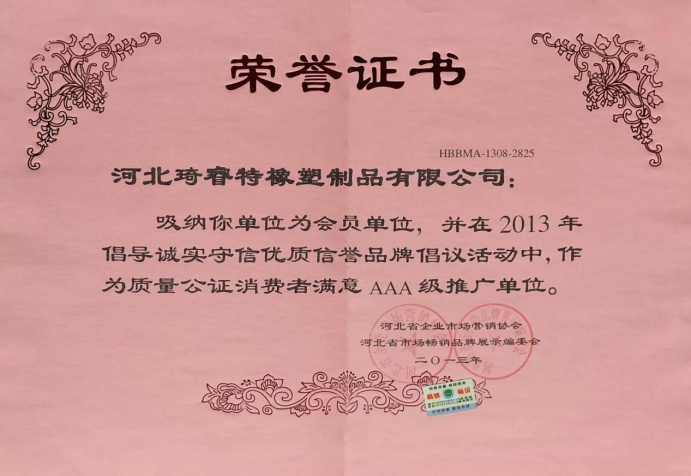Replacing the Power Steering Hose on a Ford Ranger Step-by-Step Guide
Replacing Power Steering Hose on a Ford Ranger A Step-by-Step Guide
The power steering system in your Ford Ranger is essential for easy maneuverability, especially when driving at lower speeds or when parking. A well-functioning power steering system relies heavily on the integrity and functionality of the power steering hose. Over time, these hoses can wear out, become brittle, or even develop leaks, compromising the system's performance. In this article, we will guide you through the process of replacing the power steering hose in your Ford Ranger, ensuring your vehicle runs smoothly once again.
Understanding the Power Steering Hose
The power steering hose is responsible for transporting power steering fluid from the pump to the steering rack, where it assists in steering the vehicle. Ford Rangers typically have two hoses the high-pressure hose and the return hose. The high-pressure hose carries fluid from the pump to the rack under high pressure, while the return hose returns the fluid back to the pump.
Tools and Materials Needed
Before starting, ensure you have the following tools and materials
1. Tools - Wrench set (for the appropriate size of hose fittings) - Socket set - Pliers - Screwdriver - Fluid catch pan - Safety goggles - Gloves
2. Materials - Replacement power steering hose (specific to your Ranger model) - Power steering fluid - Rags for cleanup
Safety Precautions
Before beginning any repair work, make sure to wear safety goggles and gloves to protect yourself from potential fluid spills. It’s a good practice to work in a well-ventilated area to avoid inhaling any fumes.
Steps to Replace the Power Steering Hose
ford ranger power steering hose replacement

1. Locate the Power Steering Hose - Open the hood and identify the power steering pump, which is usually found near the engine's front. Trace the hoses connecting to the pump; the high-pressure hose will typically be thicker than the return hose.
2. Prepare Your Work Area - Place a fluid catch pan underneath the steering system to catch any leaks.
3. Remove the Old Hose - Start by loosening the clamp or fittings on the power steering pump side. Use the appropriate wrench or socket to unscrew them. - Next, move to the steering rack end of the hose. Carefully remove the fittings while ensuring you’re catching any escaping fluid in the pan beneath. - Once both ends are disconnected, remove the hose from the vehicle.
4. Install the New Hose - Take your new power steering hose and position it where the old hose was located. - Start by connecting one end of the hose to the power steering pump. Tighten the fittings securely but avoid over-tightening, which can damage the threads. - Next, connect the other end to the steering rack, repeating the tightening process.
5. Refill Power Steering Fluid - After the hose is securely in place, refill the power steering fluid reservoir to the proper level. It’s essential to use the correct type of fluid as specified in your owner’s manual.
6. Bleed the Power Steering System - With the engine off, turn the steering wheel from lock to lock to help remove any air trapped in the system. This step ensures the fluid circulates properly and eliminates any bubbles.
7. Test the System - Start the engine and let it idle. Turn the steering wheel again to ensure smooth operation. Check for any leaks around the hose connections; if you notice any, recheck the fittings.
8. Clean Up - Dispose of any used fluid and rags responsibly, and clean up your workspace to prevent slips or spills.
Conclusion
Replacing the power steering hose on your Ford Ranger may seem daunting, but with the right tools and a bit of patience, you can perform the task yourself. Regular maintenance of your vehicle’s power steering system can prolong its life and enhance your driving experience. Remember, if you encounter any issues beyond the power steering hose replacement, don’t hesitate to consult a professional mechanic. Safe driving!
-
Ultimate Spiral Protection for Hoses & CablesNewsJun.26,2025
-
The Ultimate Quick-Connect Solutions for Every NeedNewsJun.26,2025
-
SAE J1401 Brake Hose: Reliable Choice for Safe BrakingNewsJun.26,2025
-
Reliable J2064 A/C Hoses for Real-World Cooling NeedsNewsJun.26,2025
-
Heavy-Duty Sewer Jetting Hoses Built to LastNewsJun.26,2025
-
Fix Power Steering Tube Leaks Fast – Durable & Affordable SolutionNewsJun.26,2025

